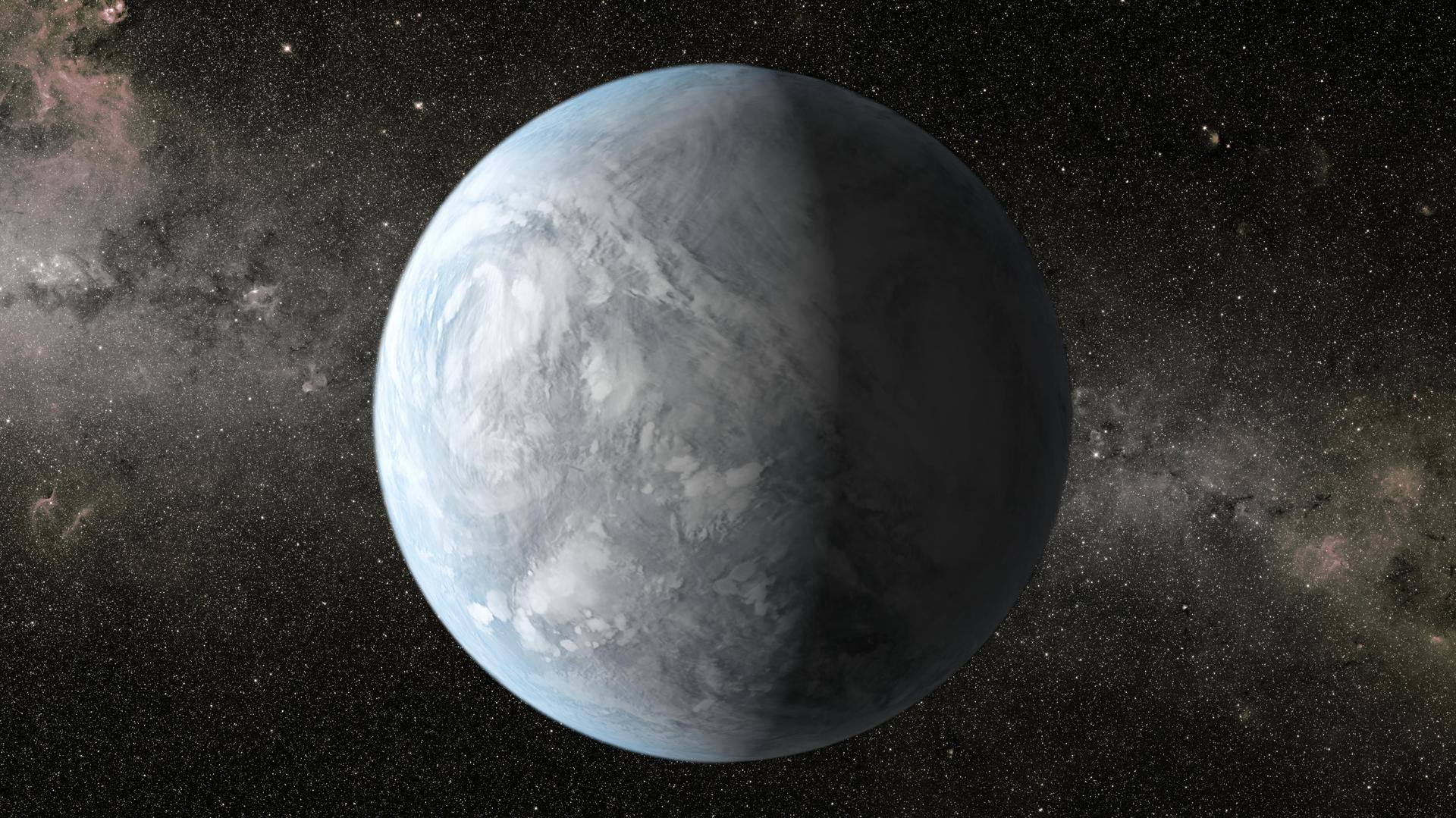- A powerful orbiting telescope called Transiting Exoplanet Survey Satellite, or TESS, has discovered a “super-Earth” and two “sub-Neptunes” orbiting a star just 73 light-years away.
- One of the sub-Neptunes is in the star’s habitable zone – where it’s possible for planets to support life – but scientists think its atmosphere is very thick.
- TESS, NASA’s most powerful tool in the search for Earth-like planets, has already discovered over 850 potential new planets since it launched a year ago.
- Visit Business Insider’s homepage for more stories.
Three newly discovered worlds are among the smallest and nearest we’ve ever detected.
NASA’s Transiting Exoplanet Survey Satellite, or TESS – a super-powerful orbiting telescope designed to hunt for alien worlds – found the planets orbiting a star just 73 light-years away.
One is a rocky “super-Earth” that’s more massive than our home planet but lighter than giants like Neptune. The other two are icy “sub-Neptunes” that are about half the size of Neptune.
The sub-Neptune that’s farthest from its star appears to be within its habitable zone, meaning the planet is just the right distance away to hold liquid water. However, scientists think its atmosphere is probably too thick to support life, since it likely traps too much heat.

Still, the researchers say the star - named TOI-270, since it's the 270th "TESS Object of Interest" - could have other planets in its habitable zone. These could also offer clues about how our own solar system formed.
TESS is NASA's most powerful planet-hunting telescope yet
TESS is a car-sized, highly sensitive telescope that launched in April 2018. Two months later, it settled into a unique orbit between Earth and the moon and started scanning the sky up to 300 light-years from our solar system. Specifically, TESS is looking for exoplanets, planets that orbit other stars.

To hunt for these exoplanets, TESS watches thousands of stars for "transits," tiny dips in a star's brightness that could be caused by a planet passing in front of it. It observes one patch of the sky for 27 days before moving on to a new patch. Each half of the sky (the northern half and the southern half) has 13 patches.
Once the mission ends a year from now, TESS will have observed over 85% of the sky. Scientists expect that it will have identified thousands of exoplanet candidates, some of which could be habitable.
TESS has found over 850 potential new planets since it launched, though only 24 have been confirmed as exoplanets. Ground-based telescopes will help to analyze the rest.
The three newly discovered planets are among the 10 closest confirmed planets TESS has identified.
Sub-Neptunes and a super-Earth
The newly discovered star system has something ours doesn't: Its two sub-Neptunes are "intermediate" planets, with a size and composition somewhere between that of Earth and Neptune. That means rocky super-Earth isn't much smaller than its neighbors, unlike in our own solar system.

"There are a lot of little pieces of the puzzle that we can solve with this system," Maximilian Günther, the lead author of a paper about the discovery published in the journal Nature Astronomy, said in a press release.
Our own solar system is one of extremes, with huge differences in size and composition between the small, rocky inner planets (Mercury, Venus, Earth, and Mars) and the distant ice giants (Neptune and Uranus). So astronomers think the two sub-Neptunes could help them figure out whether small, rocky, Earth-like planets form in the same way as massive icy ones, or whether they follow different paths.

The new worlds also exhibit a unique mathematical quality that researchers don't fully understand yet. The planets line up, with the ratio of their orbits falling very close to whole numbers: The two inner planets have a ratio of 3:5, since the super-Earth takes three days to orbit its star and the closer sub-Neptune takes five days. (It's a very small star.) The ratio between the middle sub-Neptune and the outer one (which has an 11-day orbit) is about 2:1.
"These planets line up like pearls on a string," Günther said. "That's a very interesting thing, because it lets us study their dynamical behavior. And you can almost expect, if there are more planets, the next one would be somewhere further out, at another integer ratio."
Similar math shows up in planets orbiting other stars and in the moons of Jupiter.
More distant planets are waiting to be found
The TOI-270 star is ideal for studying these planets' properties because it's relatively close to Earth and therefore bright. Plus, although it's a type of dwarf star that normally has lots of flares and solar storms, TOI-270 is unusually quiet because it's old and has become less active.
Researchers plan to continue studying the star system with other tools, including the James Webb Space Telescope, expected to launch in 2021.

TESS, meanwhile, is turning its attention to the northern half of the sky, after focusing on the southern sky for the past year.

